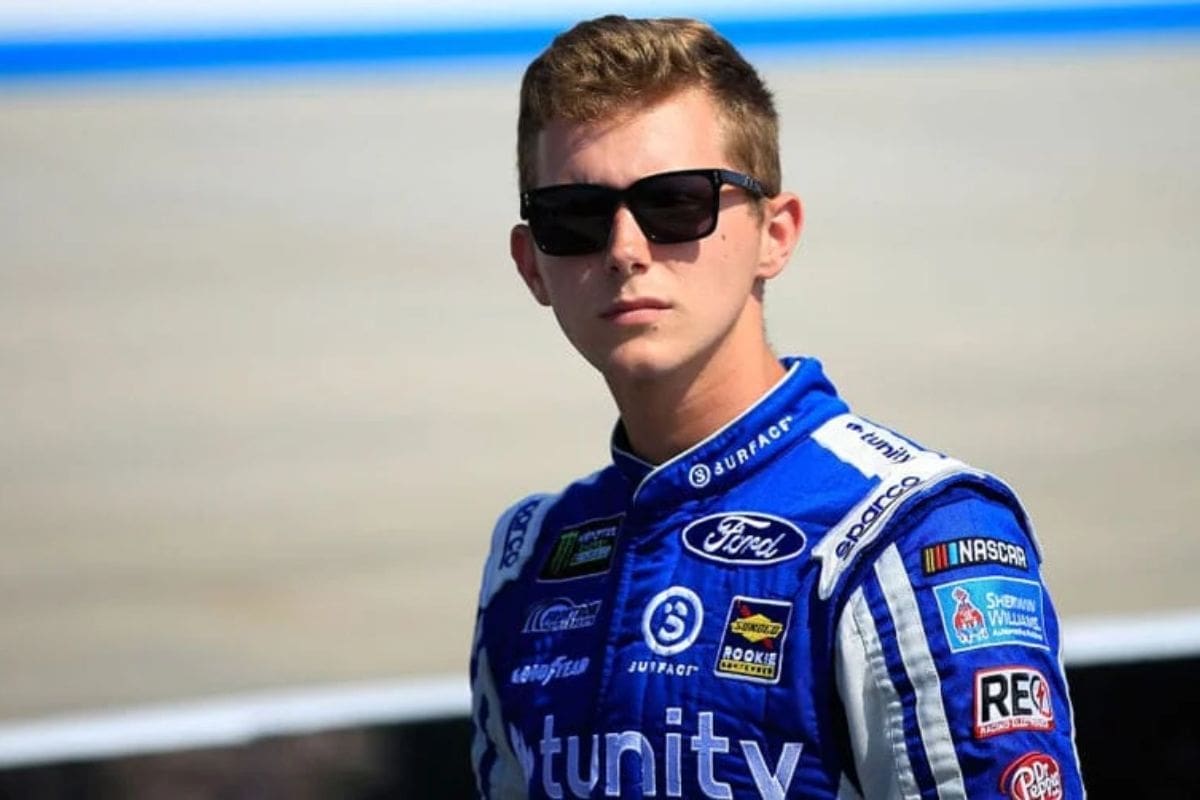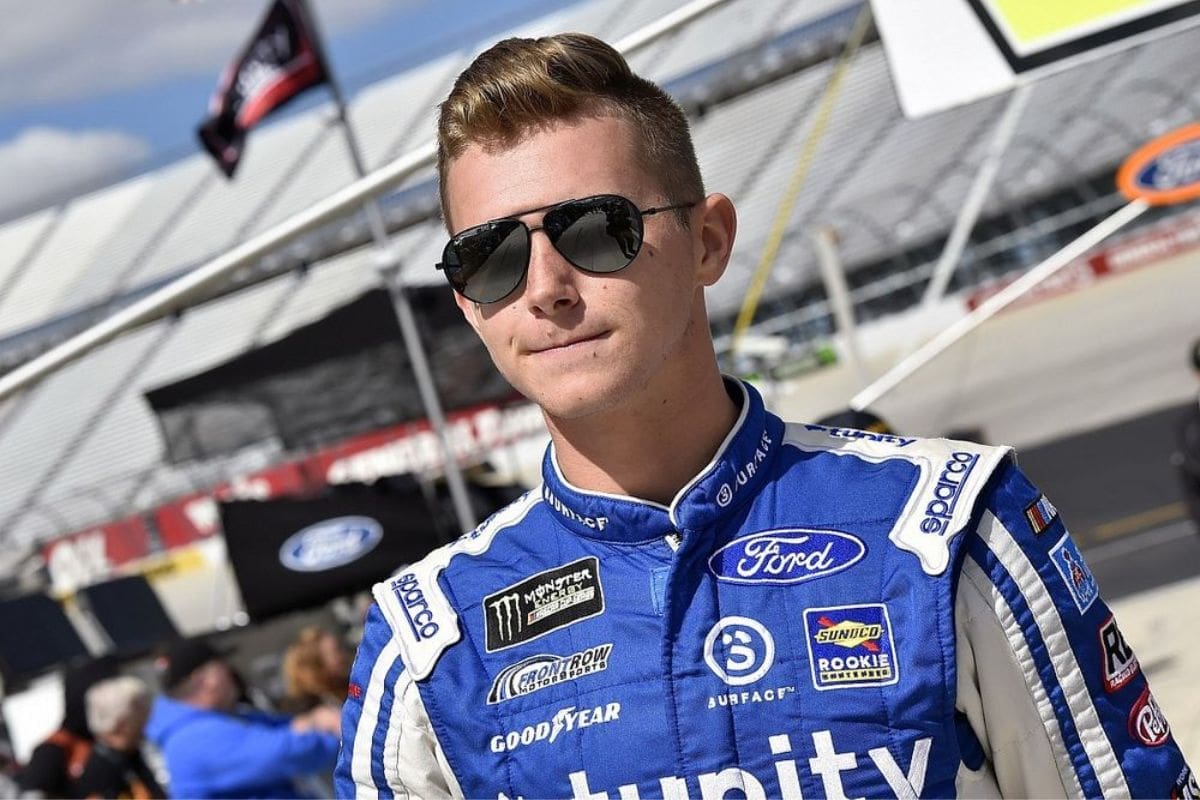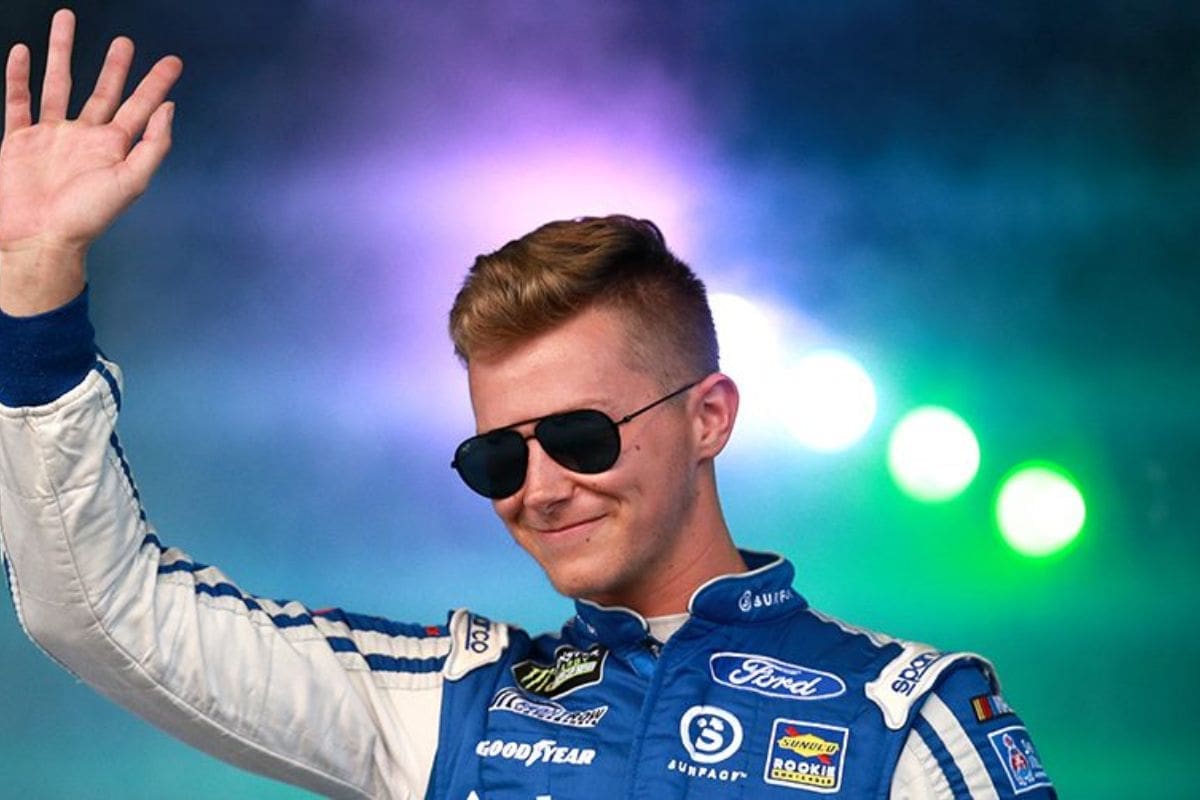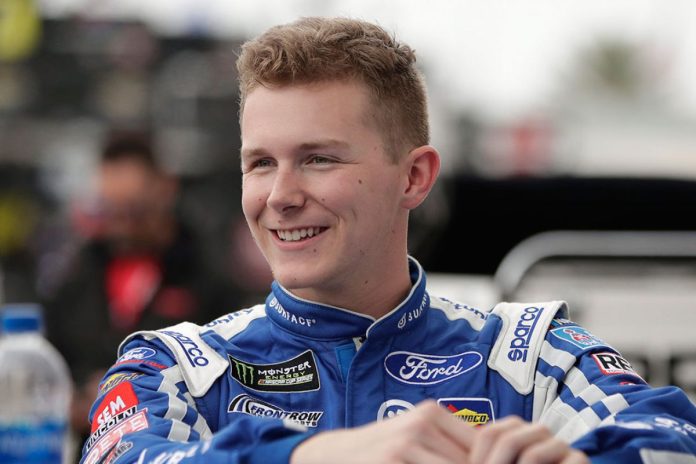Matt Tifft Slams Richmond Raceway: Matt Tifft’s criticism of Richmond Raceway highlights an essential concern in modern NASCAR the challenge to balance innovation with tradition. The incorporation of the Next-Gen car at short tracks like Richmond has sparked discussions about its impact on the racing spectacle, particularly reducing overtaking opportunities. This situation reflects a broader unease within the racing community, emphasizing a pressing need for NASCAR to reassess its race dynamics. Tifft’s outcry, echoing broader dissatisfaction, brings up the question of whether NASCAR’s evolution is surpassing historical venues’ compatibility with current racing expectations. Exploring this further could reveal potential pathways for reviving NASCAR’s core excitement and competitive integrity.
Key Takeaways
- Matt Tifft criticizes Richmond Raceway for diminished overtaking opportunities, reflecting broader concerns.
- Recent races at Richmond lack excitement, impacting fan engagement and the track’s reputation.
- Drivers express dissatisfaction, feeling pit-road strategy overshadows on-track skill.
- The decline of Richmond prompts questions about its future in hosting two annual NASCAR races.
- Calls for NASCAR to reevaluate race dynamics at Richmond to revive competitiveness and spectator interest.
NASCAR’s Next-Gen Car and Short Tracks
Introducing NASCAR’s Next-Gen car to short tracks has proven to be a challenging endeavor, revealing a complex relationship between technological advancements and the traditional expectations of high-paced, close-quarter racing. The integration of the Next-Gen car into the ecosystem of NASCAR’s revered short tracks has unfolded as a distinct dialogue between innovation and heritage. This comparison highlights a critical phase in NASCAR’s evolution, where the loyalty to delivering the perfect intense racing experience is tested against the march towards modernization and safety enhancements inherent in the Next-Gen car’s design.
The aftermath of the race at Richmond has crystallized the inherent challenges in this shift. The Next-Gen car, praised for its potential to revolutionize the sport through improved competition, safety, and cost-efficiency, has paradoxically tempered the fiery, edge-of-the-seat racing historically symbolic of NASCAR’s short tracks. Critics argue that the technologically advanced vehicle has not adapted well to the unique demands of short-track racing, leading to a dilution of the excitement that fans and drivers have come to expect from these venues.
This clash points to a broader issue within the sport – the balancing act between leveraging technological innovation to advance NASCAR into a new era, while preserving the raw, unfiltered competition that has defined its identity. As NASCAR continues to navigate this change, the feedback from events like the one at Richmond serves as a critical barometer for the sport’s leadership. It highlights the need for a harmonized approach that respects the legacy of short-track racing, while judiciously integrating the advancements encapsulated in the Next-Gen car.

Richmond Raceway’s Decline
Richmond Raceway, once a crown jewel in NASCAR’s schedule, boasted sold-out grandstands and a reputation as the “Action Track.” Fans flocked to witness thrilling races and intense competition. However, in recent times, the track has seemingly lost some of its luster. Races have become predictable and lacking in excitement, leading some to question its former glory. Despite its storied past, Richmond Raceway now faces scrutiny as it strives to recapture the fervor and energy that once defined it as a premier destination on the NASCAR circuit.
The race, characterized by a notable lack of overtaking opportunities and deemed lackluster across its 400 laps, has cast a spotlight on the decline of what was once a cornerstone venue for NASCAR excitement. The inability of drivers to execute passes, traditionally a hallmark of thrilling races, alongside the arbitrary deployment of the yellow flag, points to deeper issues at Richmond Raceway that transcend mere race day anomalies.
The Easter Sunday race at Richmond Raceway did little to revive its fading reputation. While the first 30 laps and the overtime restart sparked controversy and intrigue, the excitement was short-lived. Soon enough, the race settled into a tedious single-file procession, failing to captivate fans and failing to live up to the track’s once-thrilling legacy. It’s a sobering reminder of the challenges facing Richmond Raceway as it grapples with maintaining its status as a must-see destination in NASCAR.
Richmond was such a great track. I don’t understand why they haven’t just tried at least once putting the sealer back on the track. But as of now, it needs to go to one race. No action, no attendance, no passing, no crashes, no fun https://t.co/InHrPuZi4M
— Matt Tifft (@matt_tifft) April 2, 2024
NASCAR World Reacts
The NASCAR community has voiced strong concerns over the diminishing excitement at Richmond Raceway, signaling a critical moment for the sport’s future. The once vibrant and unpredictable races at Richmond have been replaced with a formulaic monotony that has both fans and insiders calling for change. This outcry is not just about the loss of entertainment value but raises deeper questions about the evolution of NASCAR and its alignment with the expectations of its audience.
This shift at Richmond Raceway serves as an example for broader challenges facing NASCAR. As the sport navigates changing fan preferences and technological advancements, the response to this situation could indicate a crucial turning point. Insightful analysis suggests that addressing these concerns will require not just modifications to the track but a holistic approach to revive NASCAR’s core values of excitement, unpredictability, and fierce competition. The current reaction from the NASCAR world highlights an important opportunity for introspection and innovation, compelling stakeholders to re-evaluate and adapt strategies to rekindle the passion that has fueled the sport’s growth for decades.

Drivers’ Dissatisfaction
Reflecting the broader NASCAR community’s concerns, drivers have expressed significant dissatisfaction with the current racing dynamics at Richmond Raceway, particularly criticizing the overemphasis on pit-road strategy for securing wins. This critique highlights a growing discomfort among competitors, who argue that the essence of racing—skill, speed, and tactical handling on the track—has been overshadowed by the mechanics of pit stops. The feeling that victories are now more about strategic pit-road executions rather than on-track prowess has fueled a debate on the true nature of racing competition.
In a disappointing turn of events, the battle for victory at Richmond Raceway ultimately came down to pit-road strategy. The driver who could gain the lead during pit stops emerged triumphant, overshadowing any on-track excitement or skillful maneuvers. Even NASCAR superstar Chase Elliott echoed this sentiment, expressing frustration with the race’s reliance on pit-road tactics rather than thrilling on-track battles. It’s a clear reminder of the challenges facing NASCAR as it strives to maintain the integrity and excitement of its races in the face of strategic dominance.
This prevailing dissatisfaction among drivers signals a need for introspection and potentially, adjustment in the racing format. The emphasis on pit-road strategy, while undeniably an aspect of the sport’s complexity, should not divert from the core aspects that have traditionally defined racing excellence. As the voices of discontent grow stronger, it becomes crucial to analyze and address these concerns to maintain the integrity of the competition and make sure that the driver’s skill remains at the heart of racing victories.
“From where I was at, it was really hard to pass. But it always is, and it just seems like it’s getting harder as time goes on. I mean, (Chris Buescher), (Brad Keselowski), myself, (Noah Gragson), (Josh Berry), we were all just around the same pace. It’s like whoever beat whoever off pit road, it was going to be really hard to pass that person. But the good guys seemed to be able to do it. There’s always a couple that can, and they tend to rise to the top.” – (Chase Elliott)
Richmond’s Future
The issue at hand is not merely one of waning spectator interest but also reflects deeper strategic problems. The evolving dynamics of NASCAR, with its continuous innovation in car technology and racing formats, seems to have outpaced Richmond’s ability to adapt, rendering it less compatible with modern racing expectations. As a result, the once-thrilling battles on this track have given way to predictable outcomes, contributing to a palpable sense of dissatisfaction among drivers and fans equally.

News in Brief
The controversy surrounding Richmond Raceway, as emphasized by Matt Tifft’s criticisms, highlights a broader issue within the NASCAR community regarding the adaptation of the Next Gen car to short tracks.
The venue’s apparent decline in action and competitiveness has not only drawn ire from drivers but also elicited a range of reactions from stakeholders within NASCAR.
This situation necessitates a critical evaluation of track configurations, car specifications, and race strategies to guarantee the future vibrancy and appeal of NASCAR events at short tracks like Richmond.
Also Read: Matt Tifft’s Inspiring NASCAR Comeback: Triumph Against Odds!”


